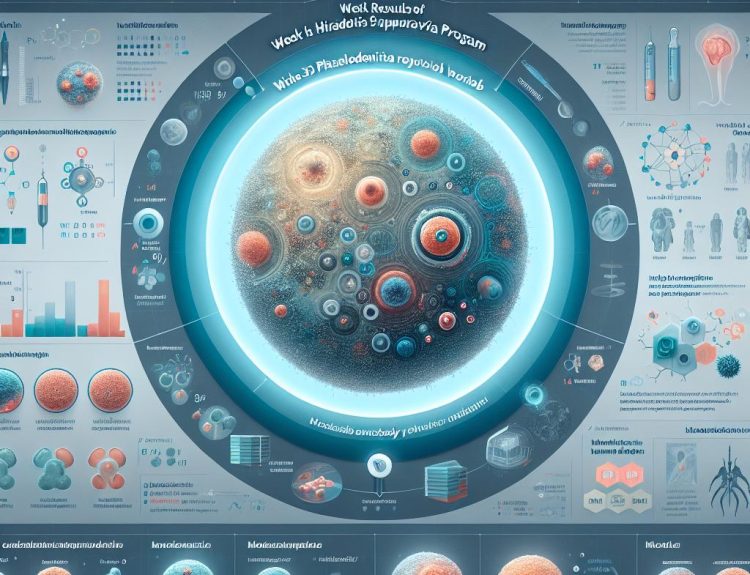OKYO Pharma will use next week’s BIO-Europe meeting in Vienna to spotlight urcosimod, its lipid-anchored chemerin receptor agonist, following completion of a Phase 2 study in neuropathic corneal pain and earlier statistically significant results across multiple endpoints in a 240-patient Phase 2 trial in dry eye disease. The company is positioning the asset for partnering discussions and signaling an accelerated development plan around neuropathic corneal pain, a severe ocular condition without an approved therapy and with limited efficacy from current off-label approaches.
The strategic question is whether reframing an anti-inflammatory ocular candidate as a pain-modifying therapy can unlock a clearer, de-risked path to market than the crowded dry eye category. Neuropathic corneal pain offers a first-mover narrative with high unmet need, but the evidentiary bar may be unconventional: small, signal-finding studies can catalyze interest, yet regulators and payers will expect reproducible pain reduction, functional improvements, and durability in a population that is heterogeneous and often underdiagnosed. This makes BIO-Europe less about a podium moment and more about testing the market’s appetite for a differentiated ophthalmology pain franchise.
For patients and cornea specialists, a credible, peripherally acting analgesic-anti-inflammatory mechanism could change care patterns that currently rely on neuromodulators, topical steroids, and other off-label regimens with inconsistent outcomes. Health plans will focus on diagnostic clarity and real-world adherence, since neuropathic corneal pain spans nociceptive and neuropathic phenotypes and often coexists with dry eye signs. If Urcosimod can demonstrate clinically meaningful pain reduction on validated ePROs, improvements in light sensitivity and allodynia, and reduced healthcare utilization, payers may accept a specialty-tier value proposition tied to a defined diagnostic algorithm. For incumbents in dry eye, the pivot underscores a broader defensive reality: differentiation increasingly depends on mechanism-linked patient segmentation, not incremental symptom scores.
Urcosimod’s mechanism—agonism of ChemR23 on ocular immune cells and neurons—aims to couple anti-inflammatory control with modulation of nociceptive signaling, while the membrane-anchored peptide design seeks to extend ocular residence and limit washout, a perennial barrier for topical agents. If the platform generalizes, it could seed a class of longer-acting topical modulators that address both surface inflammation and neuropathic pain, a combination that standard tear film–focused therapies have not convincingly delivered.
The timing fits larger industry currents. Ophthalmology remains an active business development arena, with strategics prioritizing assets that pair tractable delivery with clear unmet need and pragmatic commercial footprints in specialty clinics. At the same time, constrained public markets are pushing small caps to extract maximum partnering value from mid-stage signals. A program that straddles dry eye’s large commercial potential and neuropathic corneal pain’s first-approval opportunity aligns with a common playbook: secure initial approval in a narrower, higher-need segment, then expand label and access with real-world evidence and subpopulation data.
What happens next will hinge on three execution choices: the design of a pivotal program that enriches for true neuropathic pathology and uses rigorous pain endpoints; the sequencing between neuropathic corneal pain and dry eye to optimize the probability of technical and regulatory success; and the ability to build a diagnostics-plus-education framework with cornea specialists to enable payer-ready identification and follow-up. If Vienna yields a committed partner with an ophthalmology scale, the path to a first-in-category neuropathic corneal pain therapy becomes plausible; if not, the asset may need another cycle of data maturation to convert interest into conviction.
Jon Napitupulu is Director of Media Relations at The Clinical Trial Vanguard. Jon, a computer data scientist, focuses on the latest clinical trial industry news and trends.







